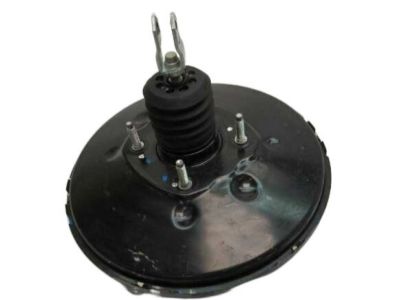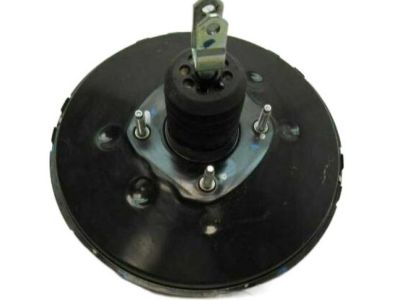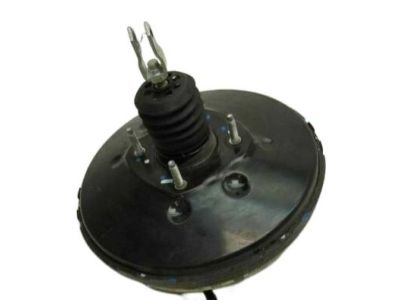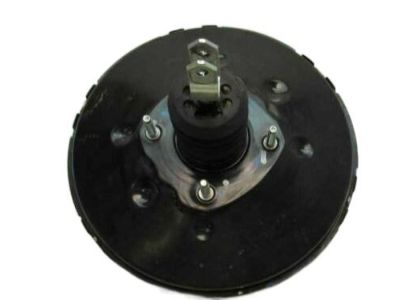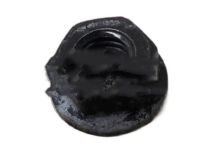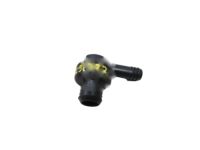For overall brake examination, the brakes should be checked every time wheels are off or when there is a feeling that something is wrong with the brakes, signs showing that there is a problem with the brakes include, the vehicle pulls to the side when braking, brake system makes squealing or drags noises, has long pedals, pulsating pedals, or brake fluid leaks. The locators of disc brake pads have metallic content which when worn produce a high-pitched sound which serve as wear indicators informing the driver that the brake pads must be changed since the continued use endangers the disc. First turn the wheel lug nuts to slacken them, lift the vehicle safely on jack stands and unbolt the wheels. Every caliper has two pads covered by plates; thickness is to be measured, through inspection holes, and if the lining material is less than thickness as specified, the pads are to be replaced. If thickness is hard to measure, then callipers and pads must be withdrawn for further assessments then cleaned with brake cleaner then measured. Check the disc thickness with a micrometer, fit new discs of lesser thickness and examine for the scoring or gouging. Prior to replacing the wheels, check all the brake related pipes and tubes for signs of wear or damage, sharp edges, movements of parts of the pipes and hoses, and if any, the pipes or hoses should be repaired or replaced. For rear drum brakes, you can start re- mounting the drums and inspecting the lining material as to thickness and other indications, and replacing shoes whenever they are down to 1/ 16-inch from the rivets or the metal shoes, or if the shoes show signs of contamination or export. Make sure the return springs and adjusting mechanisms of the shoe are alright, examine wheel cylinders for leakage, drums for flaws that cannot be wiped out by emery papers; the surface of the drums would need to be dressed if it has gotten bad. Especially after fixing the drums and wheels, the nuts of the wheels should be tightened to the recommended torque. To test the brake booster you have to depress the brake fully while starting the engine, the pedal should move slightly and carry out more tests to confirm the problem. On the parking brake, pull it normally and count the clicks you hear to check on the brake adjuster or else take the car to a steep hill to check on the car stability.
Posted by NissanPartsDeal Specialist 
